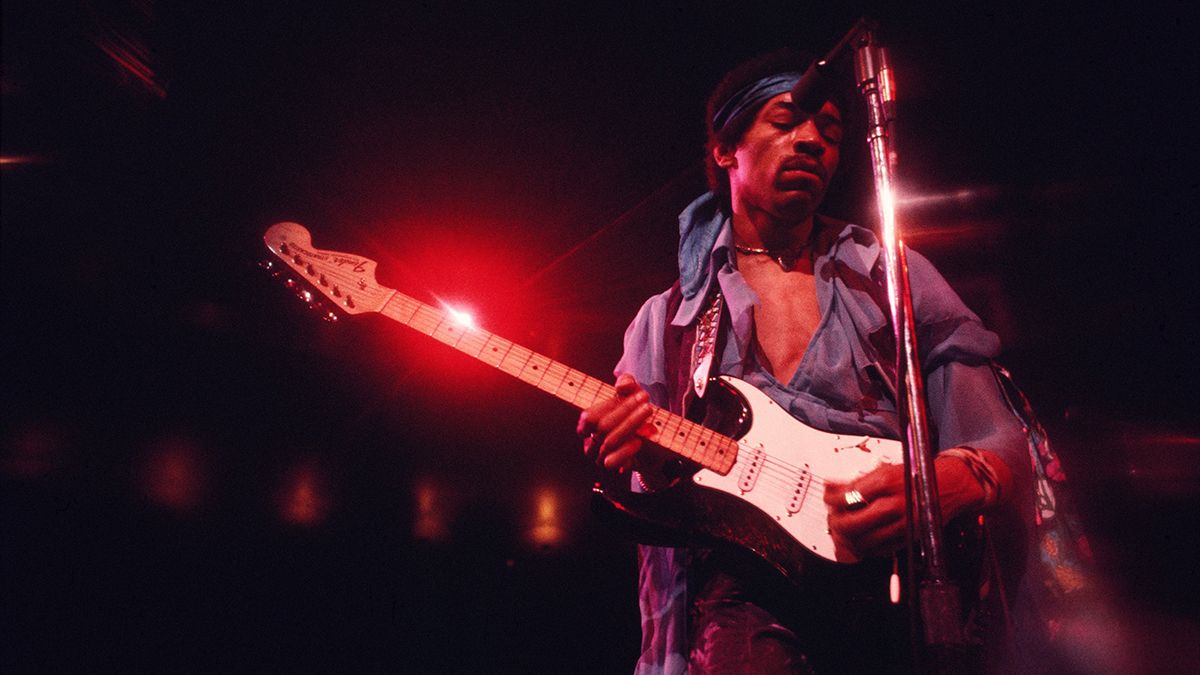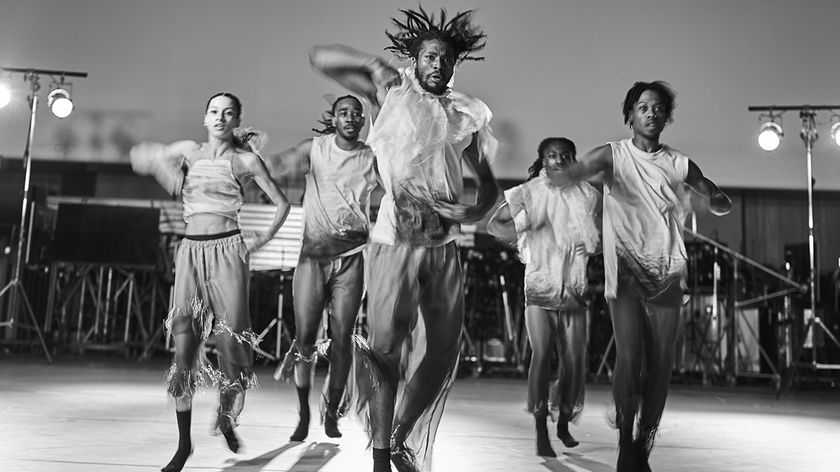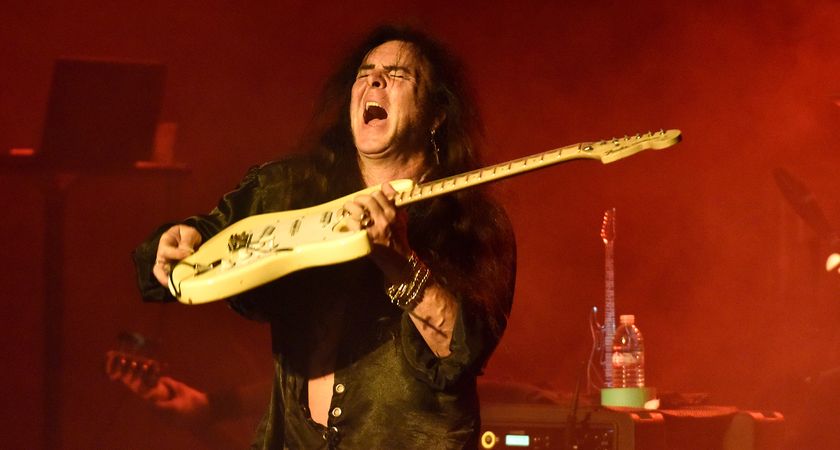“Something so amazing and so big that it has lived on for decades since its inception”: New doc tells the story of Jimi Hendrix's Electric Lady Studios, and how it could have ended up being a nightclub
How the legendary New York facility came to be

It’s been confirmed that there’s a new documentary on the way about Electric Lady in New York, the iconic studio that was originally set up by Jimi Hendrix.
Directed by John McDermott, who also made the Music, Money, Madness – Jimi Hendrix in Maui doc, Electric Lady Studios: A Jimi Hendrix Vision is set to have its premiere in New York next month, followed by a global release.
The film traces the origins of the project – from Hendrix’s initial purchase of a derelict Manhattan nightclub to its status as one of the world’s best-known studios. It will also include exclusive footage of Hendrix himself and interviews with Steve Winwood, who was there on its opening night, Experience bassist Billy Cox and producer Eddie Kramer, who was Director Of Engineering at the studio from its inception to 1974.
Electric Lady was born from Hendrix’s desire for a space where he could unwind and record on an 8-track. The original idea was for a club. As the doc reveals, he had been inspired by Cerebrum, a Greenwich Village club whose patrons wore flowing robes and were inundated by flashing lights, spectral images and swirling sound. Hendrix and his manager Michael Jeffery envisaged something similar, ‘an electric studio of participation’.
In the end, as Kramer recalls, this idea was shelved: “I knew at once that a club would be disastrous. I remember saying something like “You guys must be out your f***ing minds! Do you have any idea of what Jimi spends in studio time in a year? Let’s build the best studio in the world for him so when he walks in, he can relax and record whenever he wants.”
The studio was completed in June 1970 and Hendrix recorded much of the Cry Of Love album there before he left to play his final live shows in Europe that September. After his death, Electric Lady went on to be used by some of music’s biggest names: John Lennon, David Bowie, Stevie Wonder, Chic, AC/DC and The Clash have all recorded there.
Hendrix’s surviving sibling, Janie, is the co-producer and has said of the film: “[It] brings to light just how forward-thinking and inventive Jimi was in every aspect of his music, including production and recording.
Get the MusicRadar Newsletter
Want all the hottest music and gear news, reviews, deals, features and more, direct to your inbox? Sign up here.
“It was at Electric Lady Studios where he pushed beyond the musical limits of what was known, and he then opened the door to other musicians, allowing them the space to realise their own artistic hopes and dreams. My brother conceived something so amazing and so big that it has lived on for decades since its inception, serving as a passageway for hundreds of artists to bring their creativity to a waiting world audience.”



Will Simpson is a freelance music expert whose work has appeared in Classic Rock, Classic Pop, Guitarist and Total Guitar magazine. He is the author of 'Freedom Through Football: Inside Britain's Most Intrepid Sports Club' and his second book 'An American Cricket Odyssey' is due out in 2025

"Reggae is more freeform than the blues. But more important, reggae is for everyone": Bob Marley and the Wailers' Catch a Fire, track-by-track

“Part of a beautiful American tradition”: A music theory expert explains the country roots of Beyoncé’s Texas Hold ‘Em, and why it also owes a debt to the blues










